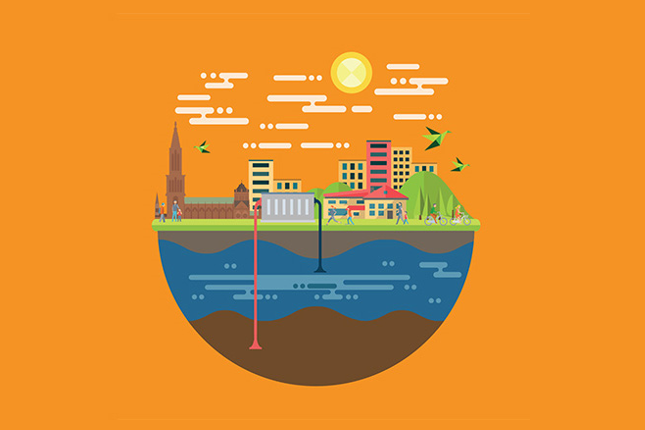Geothermal energy
Description
Geothermal energy, from the Greek Geo (earth) and Thermos (heat) refers to both the earth’s heat and its exploitation by man.
Ecology
+ 20%
Economy
+ 0%
Wellness
+ 0%
Air quality
+ 5%
Impact
The Earth produces heat from the decay of the radioactive elements that make up its envelopes.
This energy dissipates at the surface and is the source of the geothermal flow.
The temperature increases with depth, usually between 10 and 30°C per km in non-volcanic regions.
This increase is called the “geothermal gradient”, sometimes also called “geothermal degree”.
Geothermal energy uses this heat to produce electricity and heat.
For example, very low-energy geothermal energy exploits the surface heat of the ground, at a depth of about ten meters, which is about 15°C.
This heat can be extracted from the water table or from the ground by heat pumps.
This process is used for heating and cooling individual homes.






